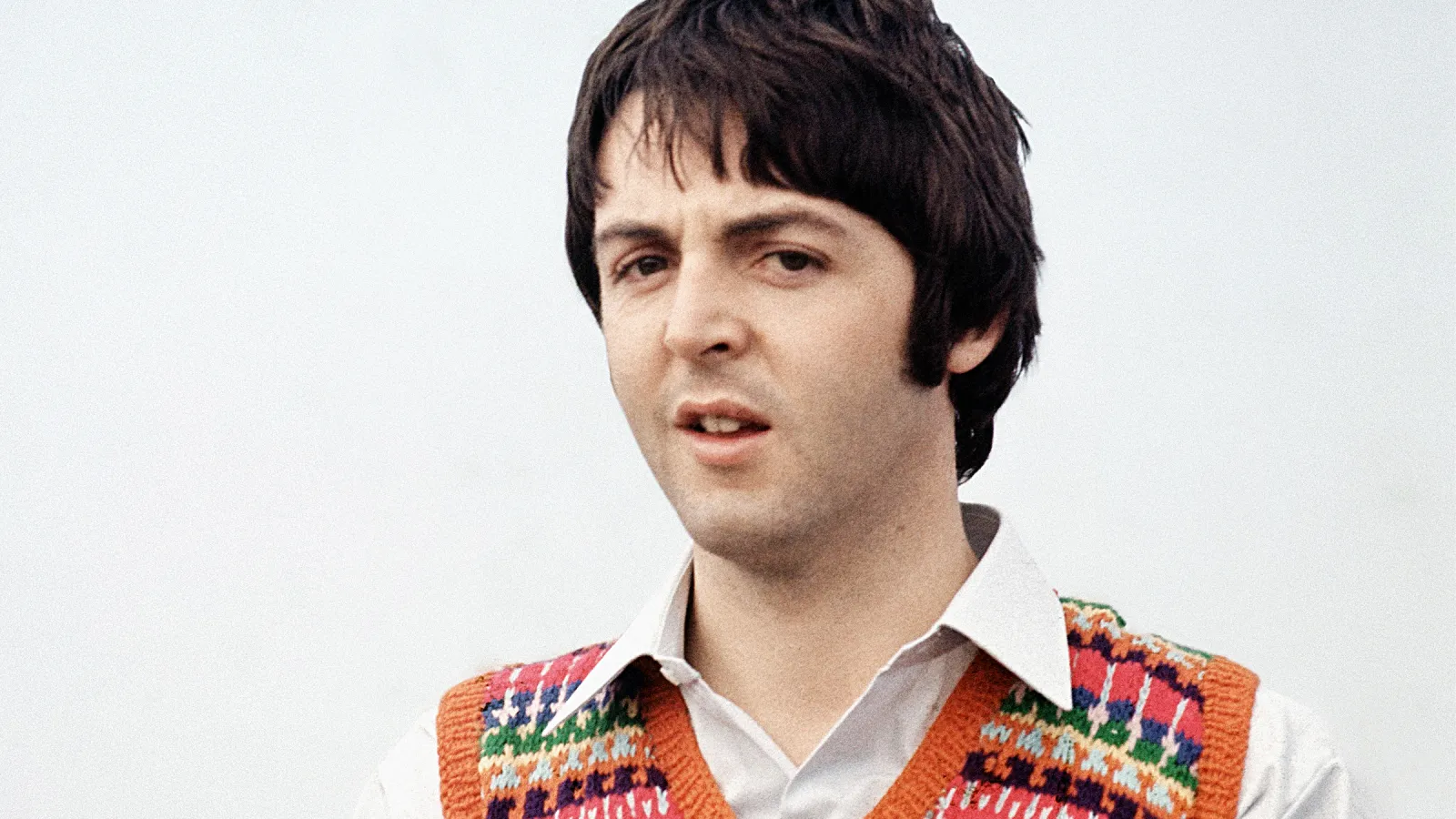
Paul Is Dead: The Most Notorious Beatles Conspiracy Theory Explained
Few conspiracy theories in the world of music have achieved the legendary status of the “Paul Is Dead” myth. Emerging in the late 1960s, it suggests that Paul McCartney, one of The Beatles’ iconic members, died in a tragic car accident in 1966 and was secretly replaced by a lookalike. This theory captivated fans and conspiracy enthusiasts alike, fueled by supposed clues hidden in the band’s music and album artwork. Here’s a look at the origins, evidence, and cultural impact of one of the most bizarre stories in rock history.
The Origins of the Theory
The “Paul Is Dead” conspiracy theory first gained traction in 1969 when a series of rumors began circulating in the United States. The story allegedly originated with a caller to a Detroit radio show hosted by Russ Gibb, who claimed McCartney had died in 1966. The caller directed listeners to examine The Beatles’ album covers and play certain songs backward to uncover hidden messages.

The theory quickly spread, aided by the growing counterculture movement and a public fascinated with symbols and secret meanings. Fans pieced together a narrative: McCartney supposedly died in a car crash on November 9, 1966, after storming out of a recording session. Rather than risk their career-ending over the loss of a beloved band member, The Beatles allegedly replaced him with an imposter named William Campbell, a talented musician and McCartney lookalike.
The Alleged Clues
Advocates of the theory have pointed to numerous “clues” they believe the band left in their music and album artwork to hint at the supposed tragedy. Some of the most notable include:
- “Abbey Road” Album Cover
The iconic cover of Abbey Road is often cited as evidence. Fans argue it depicts a funeral procession: John Lennon, dressed in white, represents a priest; Ringo Starr, in black, represents a mourner; George Harrison, in denim, symbolizes a gravedigger; and McCartney, barefoot and out of step with the others, represents the corpse. - “Sgt. Pepper’s Lonely Hearts Club Band” Clues
The Sgt. Pepper’s album cover is said to be a tribute to the “late” Paul. It features a floral arrangement in the shape of a left-handed bass guitar, which McCartney played. Fans also noted that McCartney appears to be wearing an “OPD” patch on his uniform, interpreted as “Officially Pronounced Dead.” - Backmasking and Hidden Messages
Playing certain Beatles songs backward allegedly reveals cryptic messages. For example, when “Revolution 9” from The White Album is played in reverse, some claim to hear the phrase, “Turn me on, dead man.” Similarly, fans interpreted the line “Paul is dead, miss him, miss him” when playing “I’m So Tired” backward. - Lyric Analysis
Songs like “A Day in the Life” are scrutinized for their lyrics. The line “He blew his mind out in a car” is often cited as a direct reference to McCartney’s supposed fatal accident.
McCartney’s Response
Paul McCartney himself has addressed the theory with humor and exasperation. In a 1969 interview, he quipped, “If I were dead, I’d be the last to know.” He even poked fun at the rumor by titling his 1993 live album Paul Is Live and parodying the Abbey Road cover on its artwork.
Despite McCartney’s denials, the theory persists, largely because it’s fun for fans to imagine their idols operating in a world of intrigue and symbolism. It also plays into the human tendency to seek hidden meanings, particularly in art.
Cultural Impact
The “Paul Is Dead” theory became a cultural phenomenon, reflecting the 1960s’ fascination with counterculture, rebellion, and the occult. It also highlighted The Beatles’ unparalleled influence, as their work was dissected on an unprecedented level.
While most people recognize the theory as pure fabrication, it remains a staple of Beatles lore. It’s been referenced in pop culture, from movies to TV shows, and continues to be a popular topic for discussion among fans and conspiracy theorists.
In the end, the enduring fascination with “Paul Is Dead” underscores the public’s unrelenting love for The Beatles and the timeless allure of a good mystery. Whether viewed as a hoax, a social commentary, or a glimpse into collective hysteria, the theory endures as one of music history’s most peculiar footnotes.
Leave a Reply